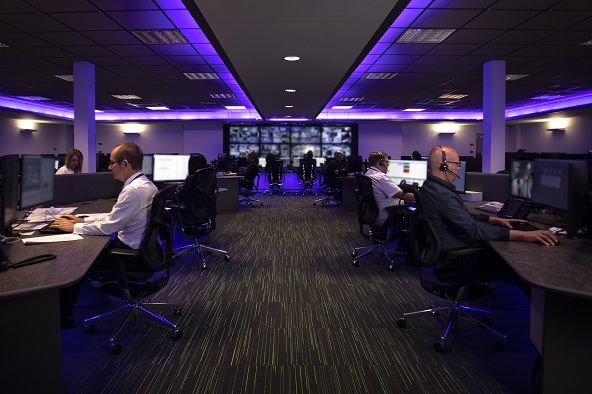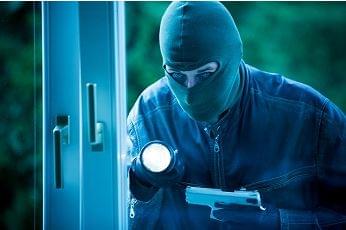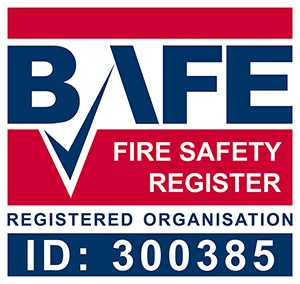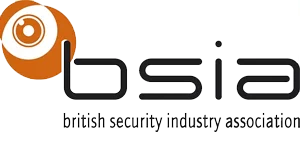The Impact of Martyn’s Law on Public Safety
The Manchester Arena Bombing in 2017, which claimed the lives of 22 people, was one of the most horrific events etched in recent history.
It’s very hard to draw any crumb of comfort from such a terrible crime, but if there is one, it can be found in the form of new legislation, spawned from the Manchester attack, which has recently come into force. Its purpose: to provide greater security protection for those attending public and commercially focussed buildings.
The legislation, officially titled the Terrorism (Protection of Premises) Act 2025, is known as Martyn's Law, named after Martyn Hett, one of those who died at the Arena.
In the aftermath of the event, his mother campaigned determinedly for legislation to ensure greater protection of public venues. This year, the law was poignantly passed in her son’s name.
Whilst Martyn’s Law received Royal Assent in April, companies and venues have a two-year window to implement any necessary modifications or upgrades. In other words, the deadline to comply with all the requisite protective measures is April 2027.
What Are the Goals of Martyn’s Law?
The primary aim of the Law is to make venues safer from terrorist attacks, reducing the risk of physical harm to innocent people, should an attack ever take, but also to make a premises less likely to be targeted in the first place. Depending on the capacity of the venue, there are now a number of measures that operators must take to ensure their premises are legally compliant.
Which Types of Premises Must Comply with Martyn’s Law?
Martyn’s Law is applicable to a broad range of premises – not just concert venues. It includes retail sites, educational spaces and even community centres.
Premises are categorised as either standard tier establishments (200-799 capacity) or enhanced tier (800 and above capacity).
The lower tier requires a certain degree of preparedness, including risk assessments and staff training. The enhanced level necessitates more detailed planning, however, where security systems are necessary with the capacity to demonstrate incident response capabilities.
Why Integrated Access Control Systems Are Key to Martyn’s Law
Some of the greatest relevance of the new legislation will centre on the role of access control systems. More specifically:
how people enter and exit buildings
the measures being taken to stop unwanted people from getting into a building in the first place
the location of designated escape routes and emergency exits
the types of locks fitted to escape doors
panic hardware for escape doors
emergency lockdown procedures
What Are the Penalties for Failing to Comply?
At the standard tier level, if you are in contravention of the Law after April 2027, there is a £10,000 fine, which increases by £500 per day for every day that the security shortfall hasn’t been rectified.
The punishment at the enhanced tier level is far more severe. Organisations could face fines of up to £18 million or 5% of worldwide revenues. Every day that passes without rectification will lead to a further fine of £50,000.
Your Next Steps to Comply with Martyn’s Law
It’s taken a truly tragic event to bring about the implementation of the Law. But now this very important legislation is in place, we all have a duty of care to act responsibly.
Many companies and organisations may well already have access control systems in place. But whether you have existing equipment on site, or are in the process of doing so, it will be worth checking with your systems provider to ensure that the system is compliant with Martyn’s Law. Assessments may well be necessary to ensure all terror-related risk and escape procedures have been followed.
Since planning and executing a new access control installation or an upgrade to existing security systems can be a considerable time in the making, we would suggest that now, rather than later, would best to start implementing affirmative action.
The Unprecedented Security Importance of Access Control
For many types of commercial property – from government buildings, schools, and colleges to large factory warehouses – the relevance of Martyn’s Law is huge.
The market-leading, world-class access control systems which Justice Fire & Security install will help ensure your premises are well-placed to meet all the latest regulatory and legislative requirements. Our team of highly qualified engineers have decades of experience working with the commercial sector to deliver safe security solutions.
Our access control systems meet the most stringent NSI NACOSS standards (the National Security Inspectorate), guaranteeing the reliability and high quality of your system.
We offer a superb choice of leading brand manufactured access control systems from Paxton Net2, ievo Biometric and Videx
All the systems we fit are installed and maintained in accordance with EN50133 and NSI Requirements. With our highly qualified engineers working locally, we are always close at hand, should you ever require any on-going assistance.
Installing an Electronic Access Control System
In view of Martyn’s Law, whether you are starting from scratch or looking to upgrade your current access control system, we can undertake a free security survey, to ascertain whether your current system will comply with the new legislation or whether any modifications may be required, to ensure your premises are legally compliant.
Justice Fire and Security provide a comprehensive range of high-quality access control systems for commercial operations (public and private sectors) Public Sector Security | Access Control | CCTV | Fire Alarms throughout Birmingham and the Greater Midlands region since 1986.
We cover Wolverhampton, Coventry, Lichfield, Telford, Stoke, Stafford, Tamworth, Coleshill, Bromsgrove, Redditch and all the out-of-town business and retail parks in between. If you are located in Warwickshire, Worcestershire, Staffordshire, Shropshire, Leicestershire or Northamptonshire, we are at your service.
Contact Us About Commercial Access Control Systems in Birmingham and the Surrounding Areas
To discuss your commercial access control system requirements, call us now, without delay, on 0345 468 0927. Alternatively, you can download our FREE guide on access control here






